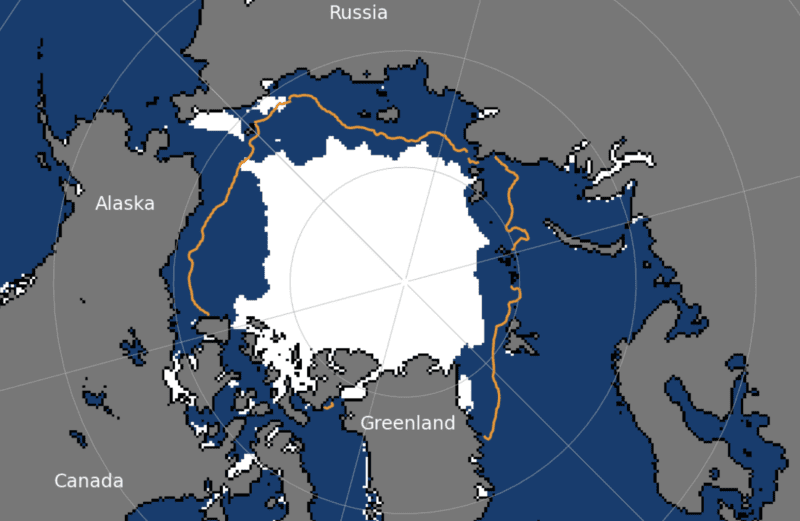NATO Sounds Alarm on Black Sea Tanker Attacks
The NATO Shipping Centre has issued a formal advisory to mariners following a series of drone strikes against unladen tankers in the Black Sea on November 28 and 29, warning...

By Malte Humpert (gCaptain) –
Crude oil shipments via the Arctic look set to reach a new highpoint in the coming weeks. The largest oil tanker to venture onto Russia’s Northern Sea Route, the 164,565 dwt Prisma, began its icy transit over the weekend bound for Tianjin in China.
The Suezmax vessel can carry around one million barrels of oil, the same volume as tanker Sounion exploded by Yemeni Houthi militants in the Red Sea on Friday.
Prisma surpasses all previous oil tankers on the Arctic route in size. Russia began deliveries via the Arctic shortcut in 2022.
The oil tanker departed from the Baltic port of Ust-Luga on August 10 – likely loaded with Urals crude – and is set to complete the voyage to the Far East in around 35 days, compared to 45 days for the Suez Canal and 55 days via the southern tip of Africa. The Arctic offers an attractive shortcut to Asia as the majority of vessels continue to detour around Africa due to Houthi activity.
Read more: London-Based Ship Registry Helps Keep Russian Oil Tankers Underway
A smaller Aframax tanker, Viktor Bakaev, completed an Arctic routing from Primorsk in the Baltics to Dongying, China on August 23 after a 33-day trip. In total at least seven vessels carrying some 650,000 tons of crude have already completed the northern route this summer.

Prisma will likely be followed by up to a dozen more Suezmax and Aframax tankers this summer. Just in the past two weeks four Suezmax and Aframax tankers have received permission to travel along the route, including tankers Galaxy and Voyager. They join more than a dozen large carriers who were granted permits earlier this summer.
During the summer of 2023 Russia dispatched three Suezmax and ten Aframax vessels across the Arctic, carrying nearly 1.5 million tons of crude China.
The next Suezmax vessel to begin the Arctic transit appears to be Nanda Devi, also an Ice 2 class vessel, currently en route to Murmansk.
In addition to Urals crude, Russian oil of the Arctic Light or Varandey variety has also been flowing to China from the hub in Murmansk or directly from the Arctic Gate terminal, the only freshwater oil terminal in the world above the Polar Circle.
Sea ice has retreated sufficiently allowing low ice-class or even conventional tankers to attempt the transit. While Prisma holds light ice protection of the category Ice 2, a number of unprotected carriers have received permits for the route from Russian authorities, raising the environmental stakes.

Current ice maps show remnants of first-year ice in the eastern reaches of the route in the East Siberian Sea. The annual minimum extent traditionally occurs around the end of September signifying the peak of the annual Arctic shipping activity.
Thus far Russia’s Arctic route has not seen any major accidents, though a collision between two oil product tankers, Svyatoy Petr and Svyatoy Pavel, in 2016 constituted the first near-miss.

Sign up for gCaptain’s newsletter and never miss an update

Subscribe to gCaptain Daily and stay informed with the latest global maritime and offshore news
Essential news coupled with the finest maritime content sourced from across the globe.
Sign Up